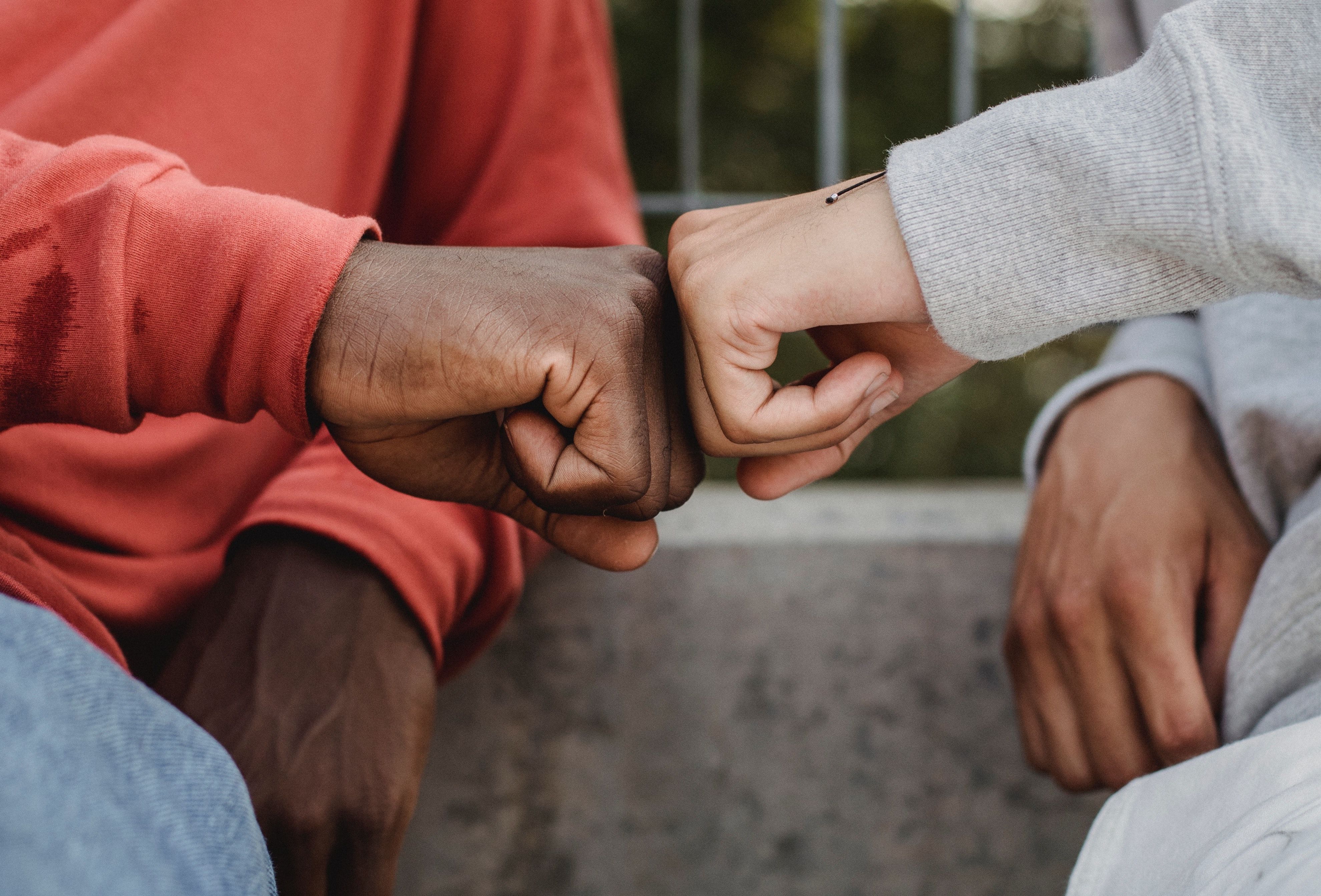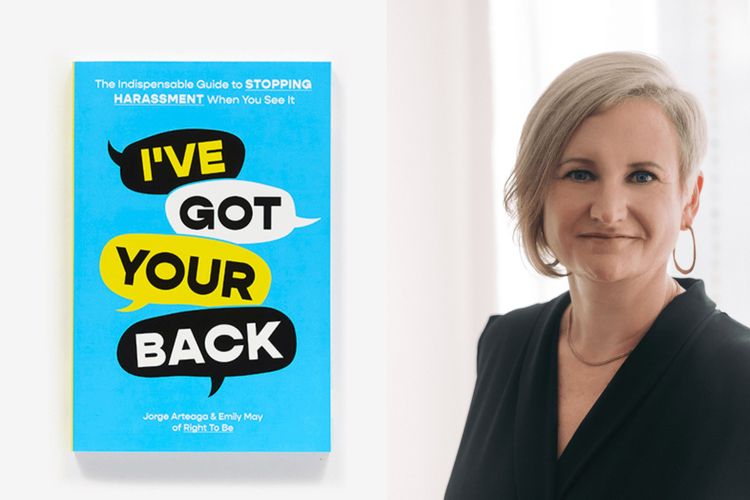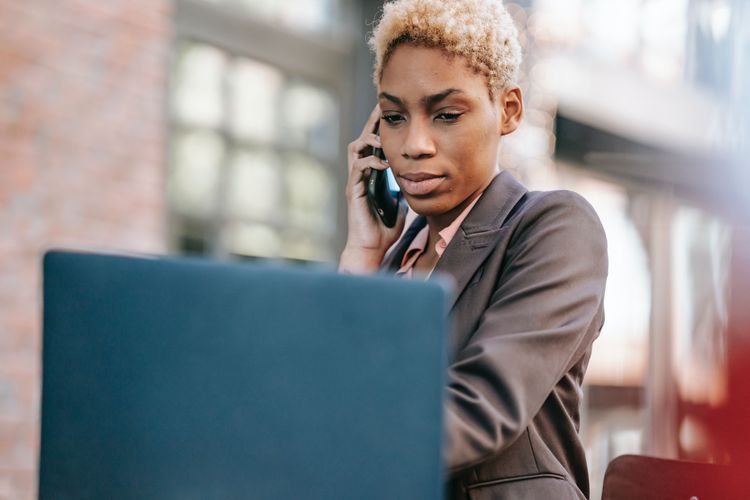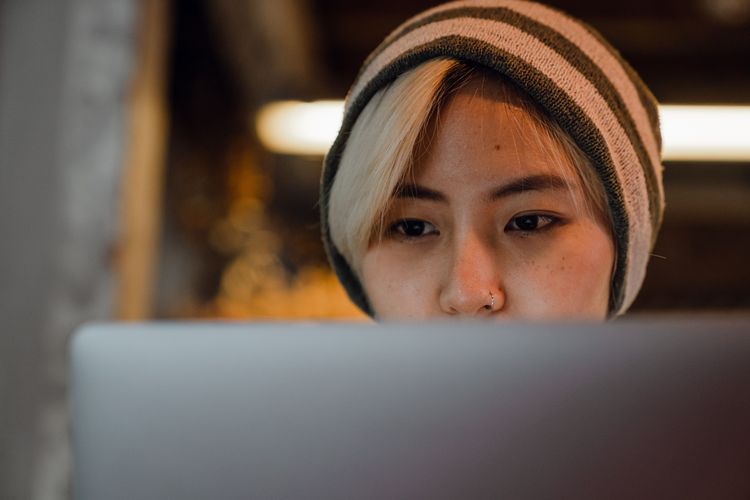
For decades, systemic racism and other inequities went largely unremarked in workspaces. That began to change after the Black Lives Matter protests of 2020. Organizations emphasized diversity, equity, and inclusion (DEI) and sought to hire more people from historically underrepresented groups, including women and people of color.
However, a recent survey of racialized women across five countries and multiple industries suggests limited progress. The survey found:
- Half (51%) of women from marginalized racial and ethnic groups experience racism at work
- Women with darker skin tones are more likely than women with lighter skin tones to experience racism at work
- Trans women and queer women are more likely than cisgender heterosexual women to experience racism at work
Why is meaningful change at work hard to come by? And what can be done to make workplaces better for everyone?
The disconnect
For several reasons, greater representation isn’t leading to more inclusive and equitable workplaces. In most organizations, managers and leaders have left DEI efforts in the hands of human resources instead of using their power and privilege within an organization to bring about change. Research says a disconnect is at play: leaders insist their organizations are gender and color-blind, while employees say discrimination and mistreatment at work are eroding mental health and leading to stress, anxiety, depression, and low self-esteem.
“DEI is important, but many organizations create their own approaches, don’t test their efficacy, and don’t measure metrics that are indicative of true change toward equity,” says Beth Livingston, research professor at the University of Iowa Tippie College of Business and co-author of “Shared Sisterhood,” a book on fighting racial and gender inequities at work.
41% of Americans are unconvinced that systemic racism exists in the U.S.
27% of White Americans strongly disagree that workplace discrimination is not a problem compared to 43 percent of Black Americans
Source: Harris Poll
Becoming a true ally
Denying racial and gender discrimination and avoiding uncomfortable conversations is not the answer to achieving workplace equity. Instead, meaningful and sustainable change can only happen if everyone bands together and acknowledges their power while advocating for a culture of trust and accountability, says Livingston.
“We need collective efforts to develop, evaluate, and implement changes in organizations and for these organizations to admit that such change is hard,” she adds. “We need leaders to show vulnerability and take risks to create real change.”
This form of activism, where people from a privileged social group work with someone who is not a part of that group to achieve social justice, is known as allyship.
This term grew in popularity over the summer of 2020 when people used it on social media to show their support for the Black Lives Matter movement. But, despite its widespread use, allyship is misunderstood.
Taking a stance on social media or posting an inclusion statement on the company website isn’t enough. True allyship is about talking the talk and walking the walk. It’s about actions, behaviors, and practices that will elevate and uplift those who have been left out, discriminated against, and marginalized, and not about labeling yourself an ally.
You can do this in several ways:
- Educate yourself on experiences, issues, and challenges faced by women and people of color
- Examine and acknowledge your privileges, such as race, class, gender, or ability, by looking inward
- Commit to learning by accepting feedback on how you can be a better ally
- If you see discrimination or inequitable policies and practices, call them out
None of this is easy, but there are books like Livingston’s or “How to Be an Ally” by Melinda Briana Epler of Change Catalyst and programs like Lean In’s Allyship at Work that can help you learn to be a better ally.
Better together
Achieving equity in the workplace is an enormous challenge, but allyship offers everyone an opportunity to learn, grow, and lead the change. “When coalitions are built on authentic connections across differences, they are better able to sustain against the setbacks and challenges that seeking equity always presents,” says Livingston.
Allyship not only promotes a culture of safety and inclusion in the workplace, but has other benefits, too — it has been shown to improve productivity, offer a greater sense of belonging, and alleviate burnout among employees.
Everyone has a part to play in addressing workplace inequities, and we all stand to benefit from an inclusive work culture that prioritizes the well-being and success of people. Take the first step towards change by becoming an ally.
Participate
Help us learn more about the connection between rumination and women’s mental health — and find solutions for it — by joining our study, Discrimination and Mental Health in Our Community.


